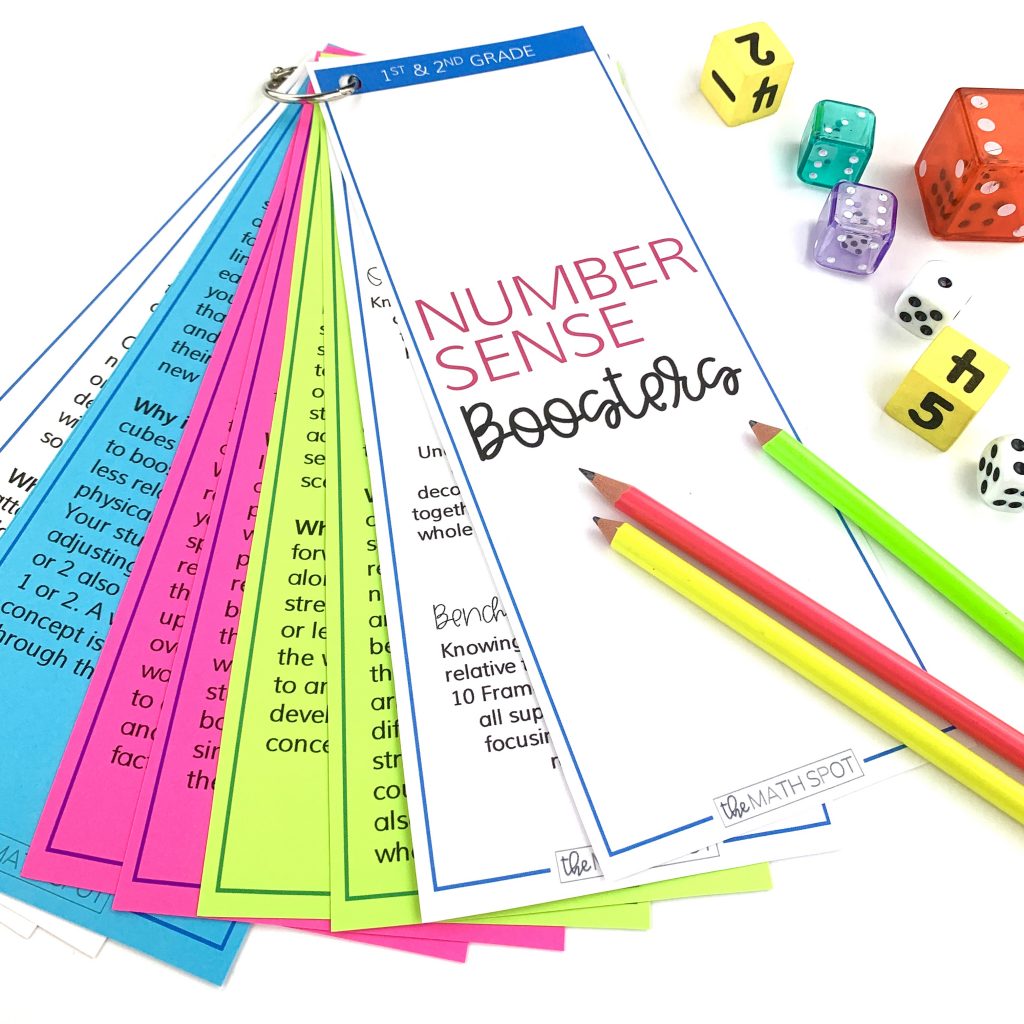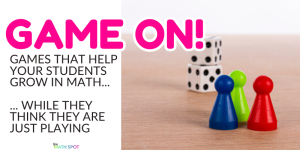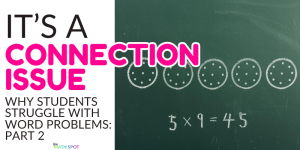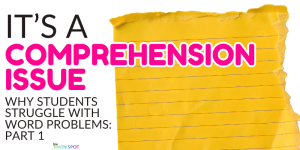This post contains affiliate links. This means that when you make a purchase, at no additional cost to you, I will earn a small commission.
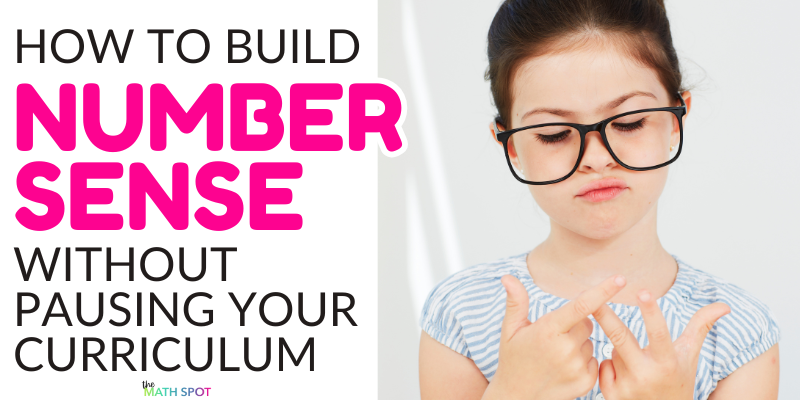
I’ve said it before and I’ll say it again.
Number sense is NOT separate from your regular math instruction.
But we continue to try to build number sense by telling ourselves things like:
- “Maybe I need to just pause and work on number sense.”
- “We start our math block off with number sense building.”
- “I always have a math center that is a number sense builder.”
These are all sentiments that convey the idea that time needs to be carved out or set aside for number senes building.
That’s not how it works!
Understanding Number Sense
The specific definition of number sense is wide and varied depending on the research you are exploring but commonalities can guide us toward a singular understanding. Most definitions include ideas around the understanding of numbers and flexibility with numbers and number relationships.
Aren’t these concepts pivotal to ANY topic you are teaching in math? We need to change our mindset away from thinking about how we can build in time for number sense and towards how we can build number sense by teaching in a way that highlights numbers, number relationships, and flexibility in math.
Does this mean you should stop number talks or other routines specifically built to target number sense? No way!
But we should think about the skills and relationships being targeted in those activities and be mindful about the purpose behind the routines we are running. Number sense is not a skill that can be targeted in isolation.
How Can We Build Number Sense
Within your regular instruction, whether that be a curriculum or your own teacher-created lessons, look for opportunities to fold in instructional strategies that will build an understanding of numbers, number relationships, and flexibility with numbers.
- Highlighting spatial relationships by using tools that make learning visual. Ten frames, dot patterns, rekenreks, number lines, and playing cards are all models that build spatial relationships naturally. Having activities like puzzles and LEGO available in the classroom can also build your students’ mental workmat.
- Working on a number line and counting forward and backward allow students to build their understanding of one more and one less.
- Exploring how numbers can be put together and taken apart and explicitly using language to talk about the part and the whole. Physically composing and decomposing with linking cubes and using visual models such as a number bond to recognize the part-whole relationship.
- Use strategies that take advantage of the “base ten”-ness of our number system. Using 5 and 10 as benchmark numbers and helping our students to see the relationship between a given number and 5 or ten will help our students to build number sense.
Number Sense Building Examples
Let’s look at a few examples that bring this concept to life:
Teaching Counting On? Try This!
Activity: Provide students with an addition story or equation that adds two numbers with a sum equal to or less than 10. Ask your students to put linking cubes in two different colors into the ten frame to represent each number. Tap the first number saying it aloud rather than counting and then count on to find the total.
Why it Works: Putting the cubes into the ten frame strengthens spatial relationships as students see numbers in a regular arrangement but also supports benchmarks of 5 and 10 as they work in the ten frame arrangement. Using two different colors and stressing that they are counting the cubes together also strengthens the part-whole relationship.
Teaching 10 More/10 Less? Try this!
Activity: Show your students a place value drawing and ask your students to report “how many”. Draw one more ten as your students watch and ask them “Quick! How many now?” Ask your students to write an equation that matches your work. Repeat the activity by erasing a ten from a place value drawing.
Why it Works: This activity builds on the one more one less number relationship in this case we are working with one more ten and one less ten. Your students will quickly become fluent with this skill. The activity can also be used to practice 100 more and 100 less.
I have put together a collection of 10 activities you can use to boost number sense while teaching typical 1st and 2nd grade math skills that I know will be so helpful to you. Sign up below to have your set of 10 number sense boosting activities sent directly to your inbox!
